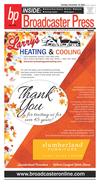2









2 Broadcaster Press
September 13, 2016 www.broadcasteronline.com
Dave Says
Feeling My Age
Don’t Touch the 401(k)
Dear Dave,
My wife and I make $100,000 a year
combined, and we have about $12,000
in credit card debt. We also owe another $80,000 in student loans, and
our kids’ private school education
costs $1,000 a month. Is it okay for
me to take a loan against my 401(k),
which is invested in mutual funds, to
clean up the credit card bills?
Stephen
Dear Stephen,
I wouldn’t do that. If your 401(k) is
invested in good mutual funds, it’s
Dave
likely you’ll miss out on some pretty good
rates of return. But that’s not the biggest
reason this is a bad idea.
The biggest reason is that when you leave
your company — and you will leave, whether it’s because you get
a better job, you get fired, or you die — that loan is considered an
early withdrawal. If you don’t repay it within 60 days, you’ll get
hammered with a 10 percent penalty plus your tax rate. You could
easily lose almost half of what’s in the account.
If you want to start paying off debt, my advice is to start doing
things to generate extra income and begin living on a tight budget.
Grab an extra, part-time job for a while, too, and have a big garage
sale. Sell so much stuff the kids think they’re next! You need to
work a serious debt-busting plan.
The good news is it’s only $12,000. Knocking out the credit card
debt won’t be so bad, and with your income, the kids’ school isn’t
unreasonable. It’s the $80,000 in student loans that’s killing you.
Scrape together and save every penny you can find each month,
and put that toward paying off the credit card debt. Then, roll that
amount over, add anything else you can come up with, and attack
those student loans.
You can do it, Stephen!
—Dave
Ramsey
Kicked out, Starting out
Dear Dave,
I’m 19 years old, and I just got kicked out of the house after
wrecking my dad’s truck. I’ve got a job making $12 an hour working about 40 hours a week, and I’m currently living with a friend
at his apartment. I have a goal of going to college, and I’d like to
get out of my friend’s place as soon as possible. Do you have any
advice some someone just starting out?
Brandon
Dear Brandon,
That’s a tough situation, buddy. I’m sorry things worked out that
way with your dad. You’re going to need more money than what’s
coming in, so let’s prioritize things.
Your first goal is food, and your second goal is to help your friend
a little bit with the rent. After that, you need to save up and get
a car as quickly as possible. I’m talking about a total beater — a
$500 to $1,000, mechanically sound, basic, ugly car. They’re hard
to find, but they are out there.
After you’ve done this and gotten some stability in your life, start
thinking about saving for a little bit better car. This may mean
picking up an extra part-time job for a while. Then comes piling
up some cash so you can get your own place. Let’s get all this out
of the way before you start thinking about school. Right now you
barely have a place to live, and you’ve got nothing to drive.
Listen, I love your motivation and the fact that you have dreams
and a goal to better yourself. You’ve been through a lot, but let’s
get the basics taken care of first, introduce a little stability into
your life, and then we can start coming up with a plan for school
and a long-term future. Good luck, Brandon!
—Dave
* Dave Ramsey is America’s trusted voice on money and business, and CEO of Ramsey Solutions. He has authored seven bestselling books. The Dave Ramsey Show is heard by more than 11
million listeners each week on more than 550 radio stations and
digital outlets. Follow Dave on Twitter at @DaveRamsey and on
the web at daveramsey.com.
Harvesting and Storing
Pumpkins and Winter
By Rhoda Burrows,
Professor & SDSU Extension Horticulture Specialist
The gardening season will
soon come to an end, but we
can still enjoy the fruit of our
labor for months ahead if we
take some extra care in harvesting and storage. Pumpkins and winter squash are
two vegetables that can last
well into the winter with attention to the following practices.
Harvest Tips: When to pick
Pumpkins and squash are
warm-season crops that are
sensitive to temperatures below 45° F, and should be harvested before frost. The fruit
can withstand brief exposure
to cooler temperatures, even
down to 35° F, as long as they
are exposed to warmer temperatures (around room temperature) soon afterwards,
which will help reverse some
of the chilling injury.
For optimal storage life,
pumpkins and winter squash
should be left on the vine
until the fruit are fully mature. However, the definition
of maturity varies depending
on the type of squash, and in
some cases, it can be quite
difficult to know the optimal
time to harvest. Death of the
vines doesn’t necessarily indicate that a squash is mature
enough for successful storage, especially if disease or
drought has been a factor.
The traditional advice is to
wait until the rinds are hard
enough that they cannot be
easily punctured by a fingernail. This works for many,
but not all types of squash
and pumpkins. A better, or
at least equally good, indicator of ripeness can be stem
“corking.” This is the loss of
green and the development of
brown, woody stripes on the
stem where it joins the fruit
(Figure 2). The stem may also
shrink a bit. This indicates the
fruit is beginning to separate
itself from the vine and is no
longer receiving much energy
from the plant; this occurs
as the rind begins to harden.
Fruit left on the vine after the
stem begins to cork will have
no better quality or storage
life than fruit that is harvested
at this stage, and may be more
susceptible to rots.
What about color changes?
For ornamental pumpkins,
the change in rind color from
green to orange can be a
useful indicator of ripeness.
Acorn (Figure 3) and kabocha (Figure 4) squash can be
harvested when their ground
spot (the part of the fruit laying on the ground) turns a
dark orange color, although
some research indicates they
Let The
Broadcaster
and Plain Talk
Make Cash
For You!
can be harvested even sooner
without loss of quality, and
may be more resistant to storage diseases.For certain winter squash, the color change
is too early to be a good indicator of maturity. Butternut
squash (Figure 1), for example, turn their characteristic
mature tan color some two
to three weeks before they
should be harvested for best
quality. If harvested too early,
the developing seed inside
butternut squash will utilize
nutrients stored in the flesh
to mature, decreasing its eating quality.
Other Considerations
•Use a knife or hand pruners to cut the stem from the
vine, so that it stays with the
fruit; this helps avoid stemend rot. Use care in handling
fruit, as any bruising or other
physical damage will shorten
shelf life.
•If you are still not certain
when exactly to pick the fruit,
don’t worry. Most winter
squash types ripen quite a
bit after harvest. Even green
pumpkins eventually turn orange, although they will not
store for long afterwards.
•In the weeks and even
months after harvest, winter
squash slowly convert starch
to sugars, increasing their appeal to our taste buds.
•In addition, some types
increase their carotenoid pigment (pro-vitamin A) content
during storage (becoming
more orange), which increases their nutritional value over
when they are first picked.
So all may not be lost if your
vines are killed by frost or
disease before the rinds have
hardened or the stem corked.
Storage Guidelines: Optimizing quality
Following are some guidelines to optimize squash quality during storage:
•Sustained storage temperatures above 80° F will reduce storage life and eating
quality, but up to a week or
two at these higher temperatures right after harvest can
increase sugar content and
perceived flavor considerably
without decreasing storage
life.
•Depending on the type of
pumpkin or squash, it should
last two to six months when
stored at the ideal temperature of between 50 and 60°
F; a cool basement can work
well. The fruit can withstand
short exposures to cooler
temperatures, even down to
35 degrees, as long as they are
exposed to warmer temperatures (around room temperature) soon afterwards, which
will help reverse some of the
chilling injury.
•The fruit should be dry
By Daris Howard
I finished a goal that I wrote about in one of my stories ten
years ago. The goal was that I would take each of my ten children on the hike to Table Mountain, which is just below the
Tetons. I thought about the first time I took some of them up
there, and I was already feeling past my prime then. But this
time was even worse. And when I walked into church this
last Sunday, someone asked me why I was limping. When I explained it was from blisters and told him why, he looked at me
and said, “Hike that at your age! You’re crazy!”
Maybe it was crazy. The hike is a grueling fourteen mile
round trip, climbing thousands of feet, some of it across granite and slippery shale rock. But the summit has a beautiful
view. And I usually only have to make the hike once with each
child, then they usually decide they will never do it again.
My youngest daughter turned thirteen recently, so I decided
she was strong enough to make the climb. I had also never
taken her sister, who is only two years older, so the three of us
decided to make a day of it on the Saturday before Labor Day.
I checked all of my equipment the night before and found that
my water purification pump had quit working since I last used
it. That left no option but to carry extra water.
We got up at five o’clock and drove to the trailhead, arriving just before seven. We stretched, used the restroom, and
headed on our way. The first part of the climb was quite strenuous with switchbacks out of the parking lot up into the canyon. This soon turned into an easier upward trail. But that just
lulled a person into a false security, because once a person
reached the point where they felt too close to the summit to
turn back, the trail turned steeply upward.
The sun wasn’t yet showing above the mountain rim when
we reached our first mile point, and no one had passed us, so I
felt we were doing really well. But as time went on, people did
start to pass us. First just a few, then whole families. The extra
water in my pack felt like it weighed a ton, and my muscles
were shouting “Stupid!” at me with every step I took.
When we reached the point where the trail turned into steep
switchbacks up the top of the canyon rim, I told my daughters
it was time to cache more than half of the water and only carry
what we would need to get us back to that point. My daughters
readily agreed. We put the full water bottles into some brush
and continued our climb. The higher we climbed, the more one
daughter struggled with the lack of oxygen. We started setting
a goal of a hundred steps, then rest. A hundred steps, then
rest. That later turned to seventy-five, then fifty, as the trail
turned ever steeper.
More and more people passed us, but when a man who
looked to be about eighty walked by, I began to question if I
was delusional, especially since he was smiling. I have to admit that I was probably still the second oldest person on the
mountain that day, but I doubted I would be making that hike
twenty-five years from now. And I definitely would not be smiling if I did.
We made it to the top, had lunch, took pictures, and then
turned to go back down. As I stood and my muscles screamed,
I looked down and knew there was no other option. I warned
my daughters that the hike down seemed to go forever, and
indeed, I kept hearing, “Aren’t we almost there yet?” more than
I can count. But eventually we made it.
For a reward, we stopped at a little drug store for ice-cream.
As we sat and ate, I said, “Well, my job is done. Now it will be
up to you to take your children up there.”
My older daughter, wincing from the blisters on her feet,
groaned. “When I get married, I think I will move to a flat prairie
and tell my children that mountains only exist in story books.”
I smiled and considered that maybe I should have thought
of that years ago.
when placed into storage.
The ideal relative humidity is
50 to 70%; with lower humidity the fruit may shrink some,
but higher can allow disease
to invade the fruit.
•Eating quality may improve after storage, depending on type. Butternut squash
generally reaches optimal
quality after two months
in storage. Acorn types, on
the other hand, have a relatively short shelf life, and if
harvested with the dark orange ground spot, need no
further ripening. Kabocha
and buttercup varieties are
intermediate, with sugar and
carotenoid levels increasing
with storage time. Hubbardtype squash can last up to six
months in storage.
•Squash should not be
stored near apples, ripe pears
or tomatoes, as these produce ethylene (the ripening
“hormone”) that will shorten
shelf life.
The Bottom Line
While homeowners may
not be able to achieve the
optimal conditions, attention
to proper harvest time, careful handling, and avoidance of
overly high or low temperatures during storage should
help prolong the storage life
of their squash and pumpkins.
Feet Hurt?
ION
EBRAT
C EL
Carpentry, Install Doors,
Windows & Siding,
Refinishing, Drywall,
Ceramic Tile & Decks
Come to the home of
Happy Feet
Largest selection of arch supports and gel insoles.
Experienced fitter - walk test ‘em before you buy.
Boston Shoes to Boots
312 W. 3rd Yankton • 665-9092
Hartington Tree LLC
TREE TRIMMING, REMOVALS & TRANSPLANTING
TREES FOR SALE
EVERGREEN • SHADE • ORNAMENTAL
Yankton 605-260-1490
Hartington 402-254-6710
Serving Southeast SD & Northeast NE for 20 Years
Kent & Kyle Hochstein • Licensed Arborists
www.hartingtontree.com
Let The Broadcaster & Plainparty
Broadcaster and Plain Talk private Talk
Make Cash now FREE
classified line ads areFor You! for 30
Broadcasterless. If you Talk private than
words or & Plain need more party
classified line ads worry you still for 30
30 words, don’t are now FREE won’t
words or less. If you ad is only $.90 and
pay alot. A 31-word need more than 30
words, don’t worry you still won’t pay a lot.
the cost only goes up $.50 per word
A 31-word ad is only 90¢ and the cost only
thereafter. 50¢ per word thereafter.
goes up
Place your
Place your ad by calling the
by calling the
Broadcaster/Plain Talk office at
Broadcaster/Plain Talk office
605.624.4429 or by stopping in at
at 605-624-4429 or by stopping
201 W. Cherry Street today!
in at 201 W. Cherry Street today!





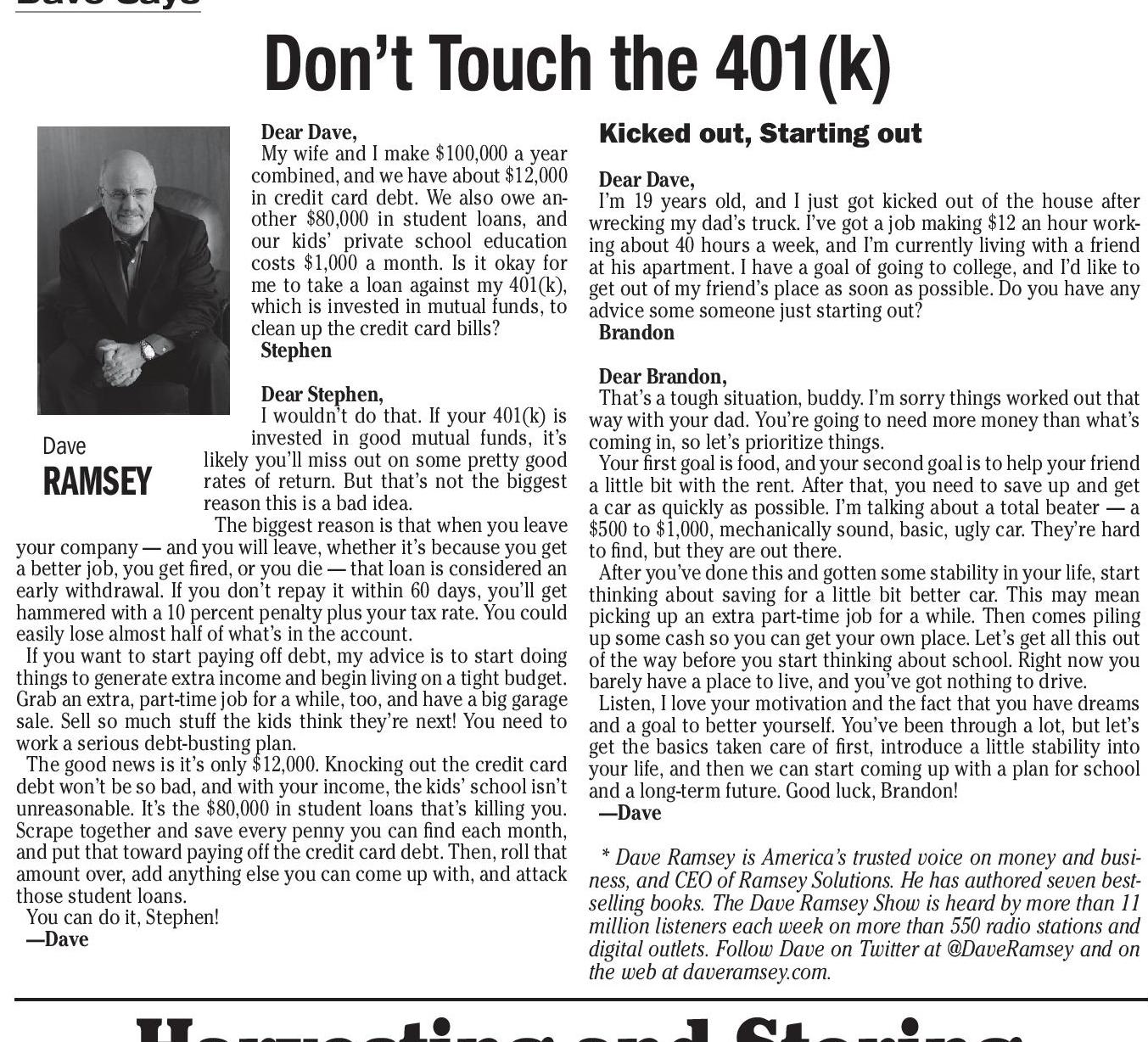

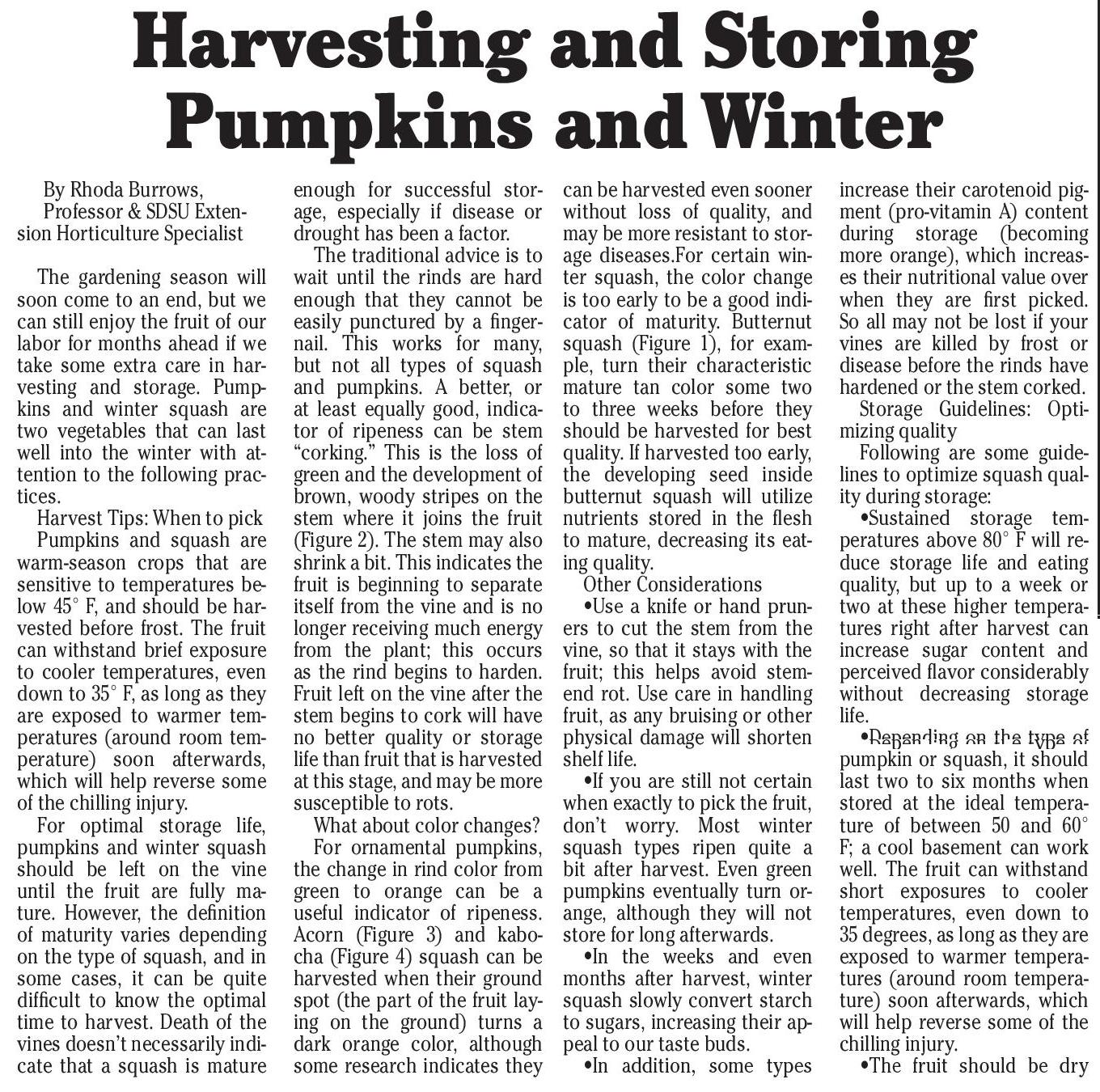
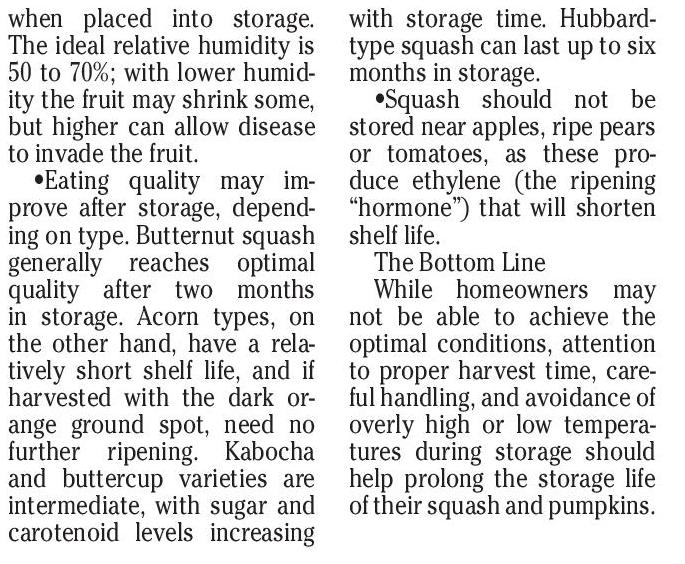



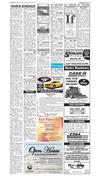
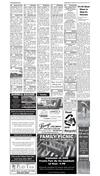
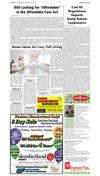
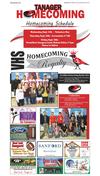

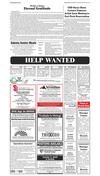
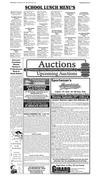
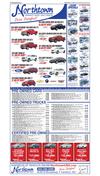
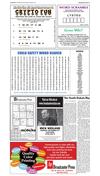

 Previous Page
Previous Page





